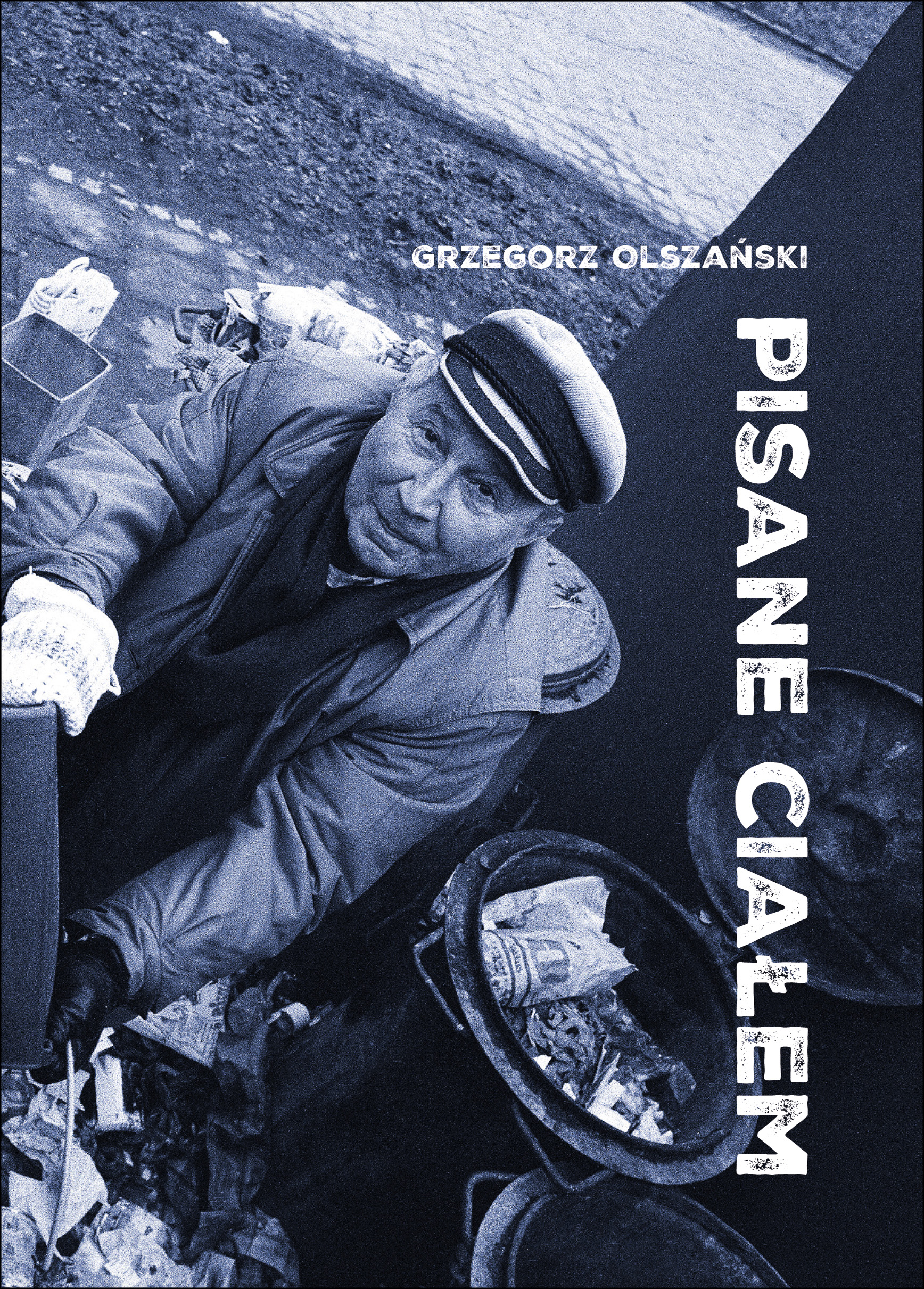Written with the Body: Essays on the Adventures of Literature and Photography


This work is licensed under a Creative Commons Attribution-ShareAlike 4.0 International License.
Details about the available publication format: LOOK INSIDE
Details about the available publication format: BUY THE BOOK
Synopsis
Interdisciplinary reflection on the connections between literature and various forms of art—music, cinema, visual arts, etc.—has long been an essential component of literary studies. Until recently, research on the interactions between literature and visual arts was dominated by analyses focusing primarily on the relationship between literature and painting, particularly the issue of ekphrasis. The book Pisane ciałem (szkice o przygodach literatury i fotografii) [Written with the Body: Essays on the Adventures of Literature and Photography]—as the subtitle suggests—is dedicated to selected aspects linking two distinct media, two separate artistic domains. The book is structured to present, in three autonomous yet interrelated chapters, various mechanisms for constructing interdisciplinary relationships between photography and literature. One area of interest is the collaboration between writers and photographers, resulting in joint works where the textual element shapes the reception of the visual (Chapter One). Given that the act of perceiving images often precedes the process of reading, I also examine the semantics of what is considered transparent and decorative. "A good photographer must read a face like a book, must capture everything that lies between the lines, must feel and understand form to convey its spirit through light and shadow," asserts Gisèle Freud, a photographer specializing in portraits of writers. The skepticism of literary scholars toward such claims contrasts with the views of writers who use photography to build their public recognition and, often, to challenge the fictionality of their narratives. What is at stake here is the creation of a symbolic—using Anna Folty-Rusin's words—"representation and synthesis of the characteristic features of the portrayed writer's work" (Chapter Two). Interestingly, this approach is embraced not only by writer-celebrities (such as Michał Witkowski) but also by literary classics, often highly skeptical of photography (like Tadeusz Różewicz). In this context, photography becomes both an essential element of self-creation and a subversive commentary on the social perception of the writer's persona (Chapter Three).



